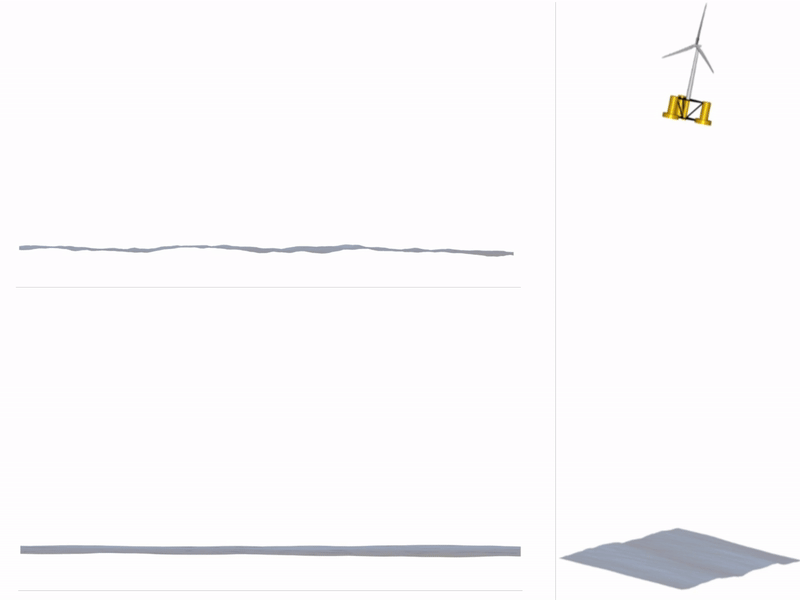Forum
Important Notice for New User Registrations
To combat an increasing number of spam and bot registrations, we now manually approve all new user registrations. While this may cause a delay until your account is approved, this step is essential to ensure the quality and security of this forum.
To help us verify your registration as legitimate, please use a clear name as user name or an official email address (such as a work, university, or similar address). If you’re concerned that we may not recognize your registration as non-spam, feel free to email us at with a request to approve your username.
Aerodynamic Radial Force
Quote from Nathan on 6. February 2024, 15:43Hi Rob,
I have a question regarding the aeroelastic simulations of a HAWT.
In the aerodynamics blade graph, it’s possible to output normal, tangential, and radial blade forces in N/m, as shown below. “Normal” and “tangential”
directions are defined in relation to the rotor disc, as described in one of your earlier forum posts.
I am wondering how the radial force is calculated. Could you please briefly explain the reason behind the radial aerodynamic force, since generally, in aerodynamics, only normal and tangential forces are addressed?Best regards,
Nathan
Hi Rob,
I have a question regarding the aeroelastic simulations of a HAWT.
In the aerodynamics blade graph, it’s possible to output normal, tangential, and radial blade forces in N/m, as shown below. “Normal” and “tangential”
directions are defined in relation to the rotor disc, as described in one of your earlier forum posts.
I am wondering how the radial force is calculated. Could you please briefly explain the reason behind the radial aerodynamic force, since generally, in aerodynamics, only normal and tangential forces are addressed?
Best regards,
Nathan
- You need to login to have access to uploads.
Quote from David on 6. February 2024, 18:44Hi Nathan,
generally, a blade can have a 3-dimensional shape (including pre-bend and sweep), as defined in the blade design module. This means that each aerodynamic panel must not necessarily be oriented inside of the rotor plane.
The aerodynamic graphs then show the projection of a blade panels 3d aerodynamic force vector along the tangential, radial and normal direction that is computed for each blade panel. The radial direction is defined as the direction along the normal distance between aerodynamic panel center and the (possibly tilted) rotor axis.
When you look at the force range in the graphs you attached, you see that the radial force is at least one order of manitude smaller than the tangential and normal forces acting on the blade panels. So in most cases, the radial force can simply be considered zero, as in an aeroelastic simulation the axial force along the blade will be dominated by centrifucal forces.
BR,
David
Hi Nathan,
generally, a blade can have a 3-dimensional shape (including pre-bend and sweep), as defined in the blade design module. This means that each aerodynamic panel must not necessarily be oriented inside of the rotor plane.
The aerodynamic graphs then show the projection of a blade panels 3d aerodynamic force vector along the tangential, radial and normal direction that is computed for each blade panel. The radial direction is defined as the direction along the normal distance between aerodynamic panel center and the (possibly tilted) rotor axis.
When you look at the force range in the graphs you attached, you see that the radial force is at least one order of manitude smaller than the tangential and normal forces acting on the blade panels. So in most cases, the radial force can simply be considered zero, as in an aeroelastic simulation the axial force along the blade will be dominated by centrifucal forces.
BR,
David


